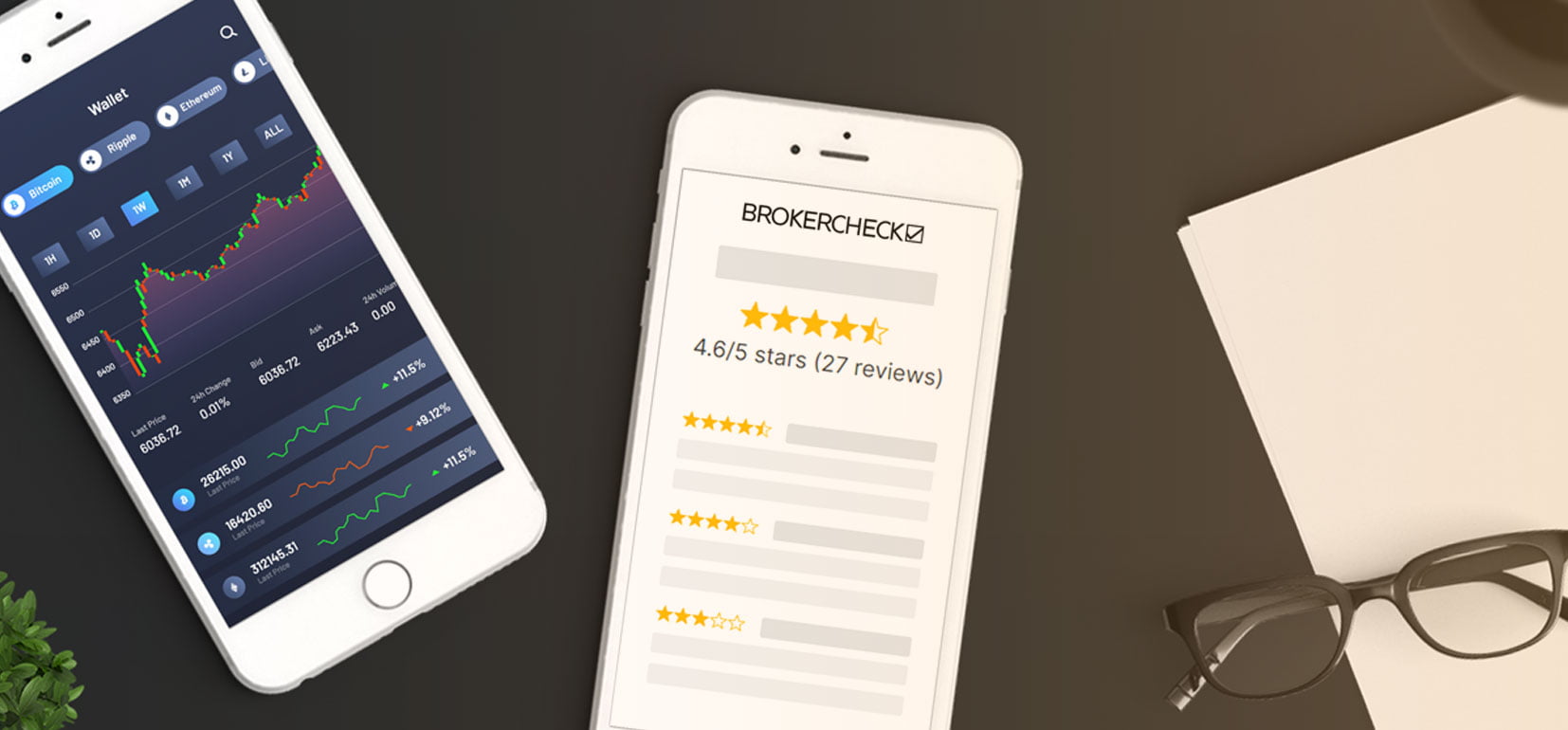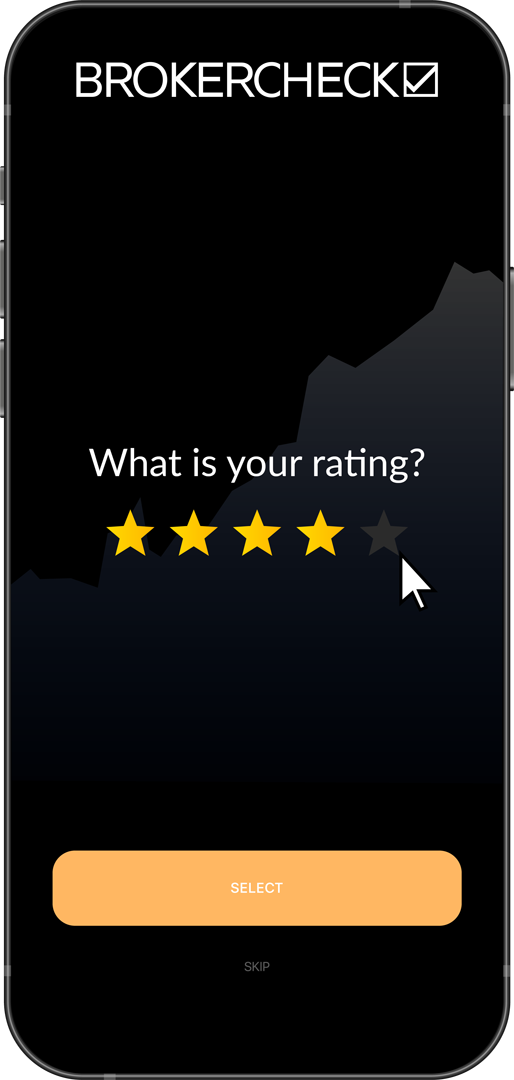1. Understanding Zinc as a Commodity
Zinc, often overshadowed by its more glamorous counterparts like gold and silver, is a powerhouse commodity that plays a vital role in the global economy. Zinc is primarily used in the galvanization process, where it serves as a protective coating for iron and steel against rust. This makes it an indispensable commodity in industries such as construction, automobile, and infrastructure.
The price of zinc is largely driven by supply and demand dynamics. On the supply side, factors such as mining production, stock levels, and geopolitical issues can significantly impact the price. For instance, disruptions in major zinc-producing countries like China or Australia can lead to a sudden spike in prices. On the demand side, the health of industries that heavily use zinc, such as construction and automobile, greatly influences the price.
Trading zinc can be an effective way to diversify your portfolio. It can be traded as a futures contract on commodity exchanges, as physical metal, or indirectly through shares in zinc mining companies. However, like all commodities, zinc trading comes with its risks. Prices can be volatile and are susceptible to unpredictable factors such as weather conditions and geopolitical tensions. Therefore, a comprehensive understanding of the zinc market, including its key price drivers and risks, is crucial for successful trading.
Zinc also has a unique seasonal pattern. Its prices tend to strengthen in the second half of the year, coinciding with the construction season in the northern hemisphere. This pattern, however, is not set in stone and can be influenced by other factors.
Market reports and forecasts from reputable sources such as the International Lead and Zinc Study Group (ILZSG) and the U.S. Geological Survey can be invaluable resources for traders. These reports provide insights into global supply and demand trends, stock levels, and future market outlook, helping traders make informed decisions.
1.1. What is Zinc?
Zinc, a lustrous, blue-white metal, is the 24th most abundant element in Earth’s crust. Known for its anti-corrosive properties, zinc is primarily used in galvanizing, a process that protects iron and steel from rusting. But that’s just scratching the surface of this versatile metal’s potential.
Zinc is also a vital micronutrient for both plants and animals. Its deficiency can lead to a variety of health issues, making it a crucial component in fertilizers and dietary supplements. Furthermore, it’s used in the production of numerous alloys like brass and bronze, enhancing their strength and durability.
Zinc’s role extends to the realm of energy as well. It’s an integral part of batteries, specifically in the rapidly growing sector of rechargeable zinc-air batteries. These batteries are not only cost-effective but also environmentally friendly, making zinc a key player in the sustainable energy sector.
On a more microscopic level, zinc is a pivotal element in the realm of nanotechnology. It’s used in the production of zinc oxide nanoparticles, which have diverse applications ranging from sunscreens to electronics to medicine.
The world of finance hasn’t remained untouched by zinc either. It’s a highly traded commodity on the London Metal Exchange (LME), and its price fluctuations can significantly impact the global economy. Therefore, understanding the dynamics of the zinc market can be a game-changer for traders.
In essence, zinc is a multifaceted element with an array of uses across various industries. Its importance in our daily lives, coupled with its economic significance, makes it an intriguing subject for traders and investors alike.
1.2. The Global Zinc Market
The world of trading can be as unpredictable as it is rewarding, and the global zinc market is no exception. This market is a bustling hub of activity, with traders from every corner of the globe participating. Zinc, a naturally occurring element, is an indispensable commodity in today’s world, with a vast array of applications spanning from galvanization to battery production and even in the pharmaceutical industry.
A key driver of the global zinc market is the construction industry. Construction accounts for more than half of the total zinc consumption worldwide, as the metal’s anti-corrosive properties make it ideal for use in building materials. The burgeoning construction sector in developing nations such as India and China is, therefore, a significant factor in the demand for zinc.
Another critical aspect to consider is the supply side. The global zinc market has been marked by supply constraints in recent years, primarily due to mine closures and production cutbacks. This imbalance between supply and demand often leads to price volatility, providing both opportunities and challenges for traders.
Government policies also play a crucial role in shaping the zinc market. For instance, stringent environmental regulations can influence mining operations, while import-export policies can affect the availability of zinc in various regions.
Lastly, the growing trend of electric vehicles (EVs) is set to influence the zinc market significantly. Zinc-air batteries, known for their high energy densities and safety, are becoming increasingly popular in the EV sector. As the EV market continues to expand, it’s expected to contribute to an increase in zinc demand.
In the volatile and dynamic world of commodity trading, staying informed about these key factors can give you the edge you need. Whether you’re a seasoned trader or a beginner dipping your toes in the water, understanding the global zinc market can be your stepping stone to success.
2. Trading Zinc: A Beginner’s Guide
The world of trading zinc may seem intimidating at first glance, but with the right knowledge and tools, you can navigate this lucrative market with ease. First off, understand the market dynamics. Zinc, like other commodities, is influenced by a variety of factors such as supply and demand, geopolitical events, and economic indicators.
Research is key when trading zinc. Stay informed about the global zinc industry, including major producers, consumers, and the latest technological advancements. This will help you predict price movements and make informed trading decisions.
Choose the right trading strategy. There are several ways to trade zinc, including futures contracts, options, ETFs, and shares in zinc mining companies. Each method has its own risks and rewards, so it’s important to choose the one that fits your risk tolerance and investment goals.
Practice risk management. This is crucial in any form of trading, but particularly so in the volatile world of commodity trading. Set stop-loss orders to limit potential losses, diversify your portfolio to spread risk, and never invest more than you can afford to lose.
Stay patient and disciplined. Successful trading doesn’t happen overnight. It takes time to learn the ropes, develop a winning strategy, and build a profitable portfolio. Don’t let emotions drive your trading decisions; instead, stick to your plan and adjust it as necessary based on market conditions and your performance.
Seek professional advice. If you’re new to trading or unsure about a particular trade, don’t hesitate to seek advice from a financial advisor or broker. They can provide valuable insights and guidance to help you make the best possible trading decisions.
Trading zinc can be a rewarding venture if you’re willing to put in the time and effort to understand the market. With the right approach, you can turn this seemingly daunting task into a profitable opportunity.
2.1. How to Trade Zinc
Trading Zinc, a highly lucrative commodity, requires a comprehensive understanding of the market dynamics and a strategic approach. First and foremost, knowledge of the global zinc market is essential. This entails understanding the major zinc producers – China, Australia, and Peru, and the significant consumers – China, Europe, and North America.
Monitoring the supply and demand is another crucial aspect. Factors such as mining strikes, natural disasters, or changes in government policies can significantly impact zinc production, thereby affecting its price. On the demand side, keep an eye on the industries that heavily rely on zinc, such as construction, infrastructure, transportation, and consumer goods.
Understanding the correlation between zinc and other commodities is also vital. Zinc often moves in tandem with other base metals like copper and aluminum. Thus, tracking their prices can provide valuable insights into potential zinc price movements.
Choosing the right trading platform is equally important. Look for platforms that offer real-time data, advanced charting tools, and the ability to trade various financial instruments such as futures, options, and ETFs.
Developing a robust trading strategy is the final step. This includes setting clear trading goals, defining risk tolerance, and using technical analysis to identify entry and exit points. Remember, successful trading is not about making a quick profit, but about consistent returns over the long term.
Here are some useful tips for trading zinc:
- Stay updated with global economic news, especially from major zinc-producing and consuming countries.
- Monitor inventory levels at major metal exchanges like the London Metal Exchange (LME), Shanghai Futures Exchange (SHFE), and New York Mercantile Exchange (NYMEX).
- Use technical indicators like Moving Averages, Relative Strength Index (RSI), and Bollinger Bands to make informed trading decisions.
- Always use stop-loss orders to limit potential losses and take-profit orders to secure your profits.
- Practice patience and discipline. Avoid emotional trading decisions and stick to your trading plan.
Remember, while zinc trading can be profitable, it also involves significant risks. Therefore, it’s important to trade responsibly and consider seeking advice from financial advisors or trading experts.
2.2. Understanding Zinc Price Movements
The world of Zinc trading can be a labyrinth of complexities, but once you understand the basics, it becomes a thrilling journey of opportunities. One of the most crucial aspects to comprehend is Zinc price movements. The price of Zinc, like any other commodity, is influenced by a blend of supply and demand dynamics.
Supply is primarily driven by mining production. If there’s a disruption in mining activities, say due to labor strikes or natural disasters, Zinc supply can be significantly affected, leading to price hikes. On the other hand, advancements in mining technology or new mine discoveries can increase supply, potentially driving prices down.
Demand often correlates with global economic health. As Zinc is extensively used in industries like construction, automobile, and consumer goods, a bustling economy usually signifies higher demand for Zinc. Conversely, during economic downturns, demand may wane, impacting Zinc prices negatively.
However, these are not the only factors at play. Market speculations, geopolitical tensions, currency fluctuations, and government policies can also sway Zinc prices. For instance, a strong U.S. dollar can make Zinc more expensive for other countries, influencing its demand and price.
Inventory levels are another critical factor. High inventory levels typically indicate oversupply, which can depress Zinc prices. Conversely, low inventory levels can suggest a supply shortage, potentially propelling prices upwards.
Industry traders also closely monitor macroeconomic indicators such as GDP growth rates, industrial production indices, and construction spending data as these can provide valuable insights into future Zinc demand.
Understanding Zinc price movements is not just about observing the present. It’s about anticipating the future. By keeping an eye on these factors and trends, you can make more informed trading decisions, turning the labyrinth of Zinc trading into a treasure trove of opportunities.
3. Risk Management in Zinc Trading
Zinc trading is not for the faint-hearted, it is a complex market that requires a robust risk management strategy. The first step in risk management is understanding the volatility of the zinc market. Zinc prices can fluctuate wildly due to factors such as changes in supply and demand, geopolitical tensions, and economic indicators. Traders need to keep a close eye on these factors and adjust their trading strategy accordingly.
One common risk management strategy in zinc trading is diversification. This involves spreading investments across different types of assets to reduce the impact of any single asset’s performance on the overall portfolio. For instance, a trader may choose to invest in other metals such as copper or aluminium alongside zinc.
Another common strategy is hedging. This involves taking an offsetting position in a related security to protect against potential losses. For example, a zinc trader might hedge their position by taking a short position in a zinc futures contract. This way, if the price of zinc falls, the loss on the spot market position will be offset by the gain on the futures contract.
Stop-loss orders are another essential tool in a trader’s risk management toolkit. These orders automatically sell an asset when it reaches a certain price, limiting potential losses. For example, if a trader buys zinc at $2,500 per tonne, they might set a stop-loss order at $2,400 per tonne. If the price of zinc falls to this level, the stop-loss order will automatically sell the zinc, limiting the trader’s loss to $100 per tonne.
Lastly, traders should not underestimate the importance of continuous learning. The zinc market is constantly evolving, and traders need to stay up-to-date with the latest trends and developments to make informed trading decisions. This can involve reading industry reports, attending webinars, or even enrolling in specialized trading courses.
Remember, risk management is not about completely avoiding risks, but rather about understanding them and making informed decisions to mitigate their impact. A successful trader is one who can navigate the choppy waters of the zinc market with confidence and poise, armed with a solid risk management strategy.
3.1. Common Risks in Zinc Trading
Zinc trading, like any other commodity trading, comes with its own set of unique risks that traders must be aware of. The first major risk is the volatility of prices. The price of zinc is influenced by a range of factors, such as global supply and demand, economic health, and geopolitical events. For instance, any disruption in the major zinc-producing regions can lead to a sudden spike in prices.
Another significant risk in zinc trading is the currency risk. Since zinc is primarily traded in US dollars, any fluctuation in the value of the dollar can impact the price of zinc. Traders outside the US must also consider the exchange rate between their local currency and the US dollar.
Traders must also be wary of the liquidity risk. Although zinc is a commonly traded commodity, there may be times when the market becomes illiquid, making it difficult for traders to buy or sell their positions without impacting the market price.
Regulatory risks are also a concern. Changes in regulations or policies related to the mining or trading of zinc can affect its market price. For example, increased environmental regulations can lead to a decrease in zinc production, thereby increasing its price.
Lastly, the storage and transportation risks cannot be ignored. As a physical commodity, zinc needs to be stored and transported safely. Any mishaps during these processes can lead to significant financial losses.
Being aware of these risks can help traders make informed decisions and develop effective risk management strategies. Knowledge is power, and in the world of zinc trading, it can be the difference between profit and loss.
3.2. Strategies for Managing Risk
Understanding risk management is as crucial as knowing the ins and outs of the zinc market. The fluctuating nature of this commodity can sometimes pose significant challenges, but with the right strategies, you can navigate even the stormiest of seas.
Firstly, it’s important to diversify your portfolio. While zinc might be your primary focus, you should consider investing in other commodities or assets to balance out potential losses. This doesn’t mean you should randomly pick and choose; careful research and understanding of each market is key.
Secondly, make use of stop-loss orders. This trading tool allows you to set a specific price at which your zinc will be automatically sold, preventing further loss if the market takes an unexpected downturn.
Thirdly, always stay informed. Keep a close eye on global economic indicators, industry news, and other factors that could influence the price of zinc. This includes everything from shifts in supply and demand to geopolitical events.
Lastly, remember that risk management isn’t just about preventing loss; it’s also about knowing when to take profits. Setting a target price at which to sell your zinc can help ensure you don’t miss out on potential gains.
In the world of trading, knowledge is power. By implementing these strategies, you can protect your investment and potentially increase your profits in the zinc market. Remember, risk management is an ongoing process, not a one-time event. It requires constant evaluation and adjustment based on market conditions and your individual trading goals.
4. Mastering Zinc Trading Strategies
Zinc trading is a dynamic, high-stakes game that requires a deep understanding of the market, a keen eye for trends, and a solid strategy. The first step to mastering zinc trading strategies is understanding the fundamentals of the zinc market. This includes factors like supply and demand, production costs, and geopolitical influences that can impact the price of zinc.
Next, it’s crucial to monitor market trends. This involves keeping a close eye on zinc production and consumption rates, as well as any significant changes in the global economic landscape that could affect these rates. A good way to do this is by subscribing to industry-specific news outlets and financial publications, which often provide insightful analyses and forecasts.
Technical analysis is another key component of a successful zinc trading strategy. This involves studying past market data to predict future price movements. Traders often use charts and indicators like moving averages and relative strength index (RSI) to identify patterns and trends in the zinc market.
Managing risk is also vital when trading zinc. This could mean setting stop-loss orders to limit potential losses, diversifying your portfolio to spread risk, or using hedging strategies to protect against adverse market movements.
Finally, continuous learning is a must for any trader. The zinc market, like any other, is constantly evolving, and staying up-to-date with the latest strategies, tools, and technologies can give you a competitive edge.
Remember, mastering zinc trading strategies takes time and practice. But with patience, diligence, and the right approach, you can navigate the zinc market with confidence and potentially reap significant rewards.
4.1. Fundamental Analysis
Fundamental Analysis is a critical aspect of trading Zinc, providing a deep understanding of market forces that drive its price. It involves examining everything from the global macroeconomic environment to the supply and demand dynamics of Zinc itself.
One key factor to consider is the global economic growth. As Zinc is predominantly used in galvanizing steel, its demand is closely tied to the construction and automobile sectors. Therefore, a booming economy usually translates into increased demand for Zinc.
Supply dynamics also play a crucial role. Zinc is the fourth most used metal worldwide, but its supply is often hampered by mine closures and production cutbacks. Any disruption in the supply chain can significantly impact Zinc’s price, making it essential for traders to keep an eye on mining activities and stock levels.
Another aspect to consider is the currency fluctuations. As Zinc is traded globally, the strength or weakness of the US dollar can affect its price. A weaker dollar makes Zinc cheaper for other currency holders, potentially boosting demand.
Lastly, don’t forget the impact of geopolitical events. Trade wars, political unrest, or changes in environmental regulations can all influence the Zinc market.
By understanding these fundamental factors, traders can make more informed decisions, anticipate market trends, and manage their risk more effectively. Remember, the key to successful trading lies in the ability to interpret and react to the market’s changing dynamics.
4.2. Technical Analysis
Technical Analysis is a key tool in any trader’s arsenal, and it’s no different when it comes to trading Zinc. This method involves studying price trends and patterns in the market to predict future movements. In essence, it’s about identifying the market’s mood and using that information to make informed trading decisions.
Let’s start with candlestick charts. These charts are a favorite among traders as they provide a wealth of information at a glance. Each ‘candlestick’ represents a specific time period and shows the opening, closing, high, and low prices for that period. A series of candlesticks can reveal patterns that suggest potential price movements. For instance, a ‘bullish engulfing’ pattern might indicate an upcoming upward trend.
Next, we have trend lines. These are lines drawn on a chart that connect a series of highs or lows. Upward trend lines connect the lows and suggest a bullish market, while downward trend lines connect the highs and suggest a bearish market. Identifying these trends can help traders make decisions about when to buy or sell.
Volume is another crucial aspect of technical analysis. It refers to the number of shares or contracts traded in a security or market during a given period. High volume often indicates strong investor interest and can be a sign of the start of a new trend.
Lastly, moving averages can help smooth out price data by creating a constantly updated average price. This can be particularly useful in volatile markets, helping traders to identify potential buying or selling opportunities.
Remember, while technical analysis can be incredibly useful, it’s not infallible. It’s always important to use it in conjunction with other research methods and to stay informed about market news and events. Happy trading!










